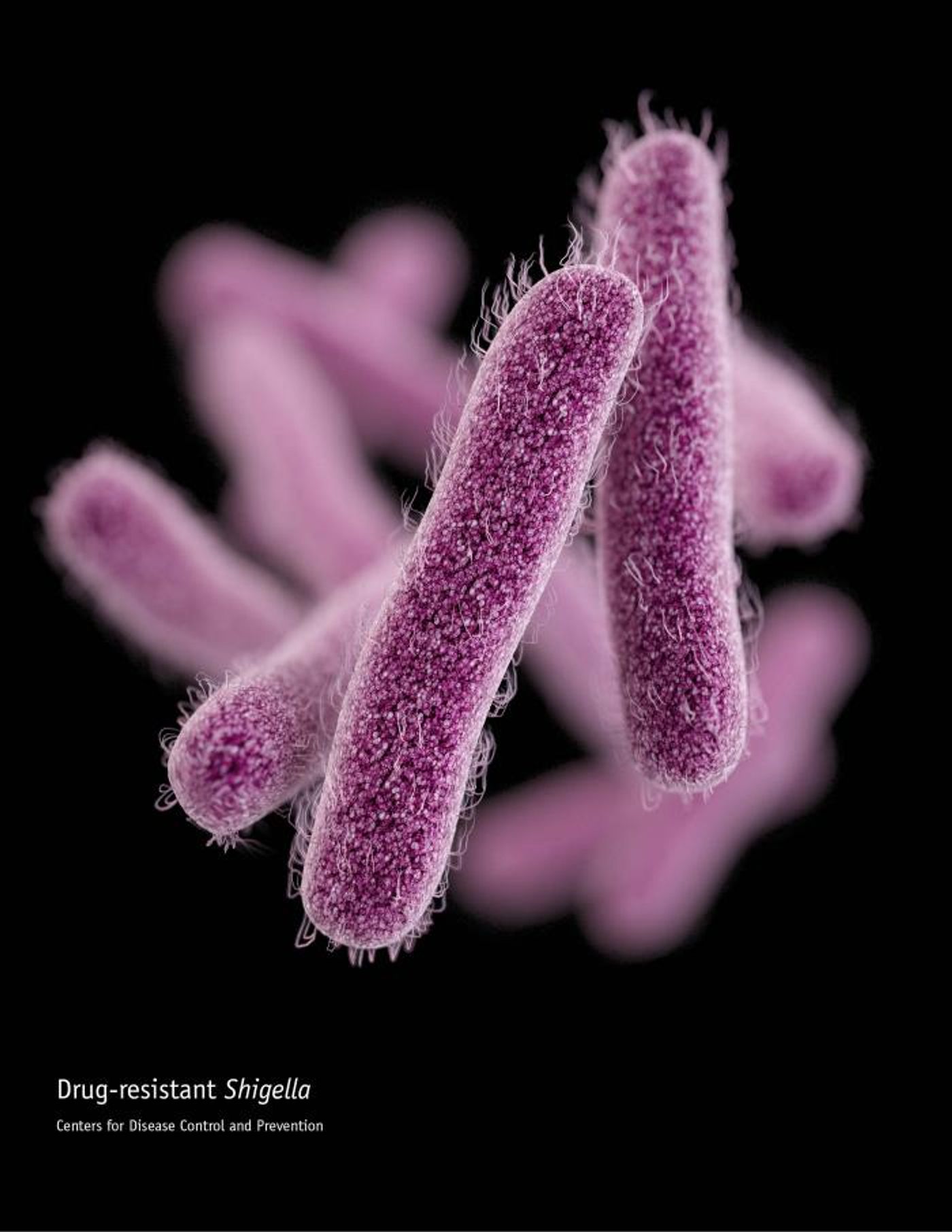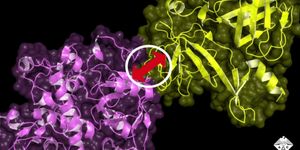How Septin Proteins Can Identify and Entrap a Pathogen
Researchers have used powerful technologies to assess bacterial infection on the cellular level. The team has provided evidence that shows that proteins called septins can take a Shigella bacterium prisoner; these proteins can form a structure, like a cage that surrounds the bacterium, taking it prisoner. Their findings, which may help develop new ways to tackle the growing threat of antibiotic-resistant bacteria, have been reported in Cell Host & Microbe.
The video shows actin in green and SEPT9 in red, as a septin cage forms around Shigella.
"We are actively working to engineer this discovery for human health application[s]. If we can use drugs to boost septin caging, we have a new way to stop infection,” said the lead author of the study, Professor Serge Mostowy of the London School of Hygiene & Tropical Medicine.
The World Health Organization has sounded the alarm about pathogens that are resistant to common drug treatments. Drug-resistant microbes already kill an estimated 23,000 people every year in the United States alone. Shigella is a so-called superbug that kills around 500,000 people annually.
Almost a decade ago, researchers discovered that septin can trap Shigella. That opened up a new avenue of research. Scientists wanted to know how the bacterium was identified, and what happened to it after septin entrapped it.
"For modern medicine, how cells can recognize bacteria is the subject of intense investigation. This information is crucial if septins are ever able to be used as a treatment for humans,” said study co-author Sina Krokowski.
This work suggests that it’s possible that septins could be harnessed as a therapeutic. The researchers determined that septin probably recognizes bacteria that are dividing - regardless of whether or not they resist antibiotics. With high-resolution microscopy, they saw that 93 percent of bacteria that become entrapped in a septin cage cease dividing. The trapped bacteria initiate autophagy - a self-destruct process.
"The rise of superbugs is one of the greatest global health challenges we face. New drugs to tackle antimicrobial resistance are crucial but they are costly and all likely to be met with resistance. We must therefore also look at other, novel ways to control bacterial infection,” said Professor Mostowy.
"By applying cutting-edge microscopy techniques, only available in the last few years, to study the cellular immune response to Shigella, we now have clear evidence that septins can be a new natural weapon in the fight against AMR. Remarkably, these proteins act as host cell sensors to recognize actively dividing bacteria, the exact bacterial population that causes disease, for entrapment. In addition to Shigella, this may also apply to a wide variety of invasive bacterial pathogens such as Pseudomonas and Staphylococcus."
The researchers noted that some bacteria can avoid being caught up in septin cages, and we don’t yet know exactly how they will work as a treatment. However, it’s worth finding out more about them as we confront the problem of drug-resistant bacteria.
The video above explains the illness caused by Shigella.
Sources: AAAS/Eurekalert! via London School of Hygiene & Tropical Medicine, CDC, Cell Host & Microbe









